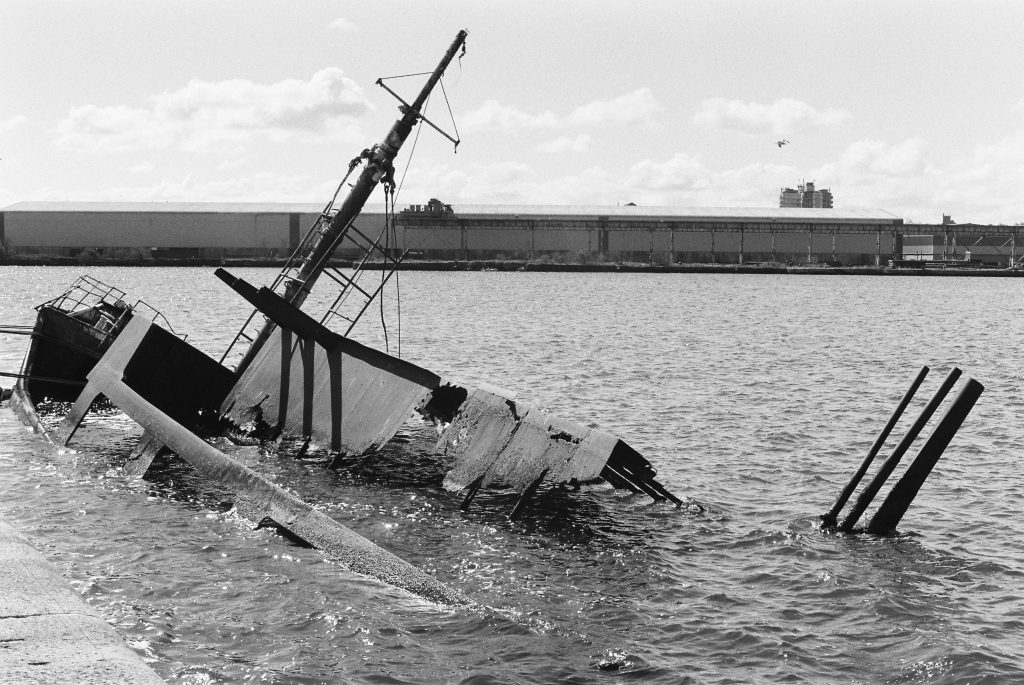Maritime ports are complex and dynamic environments where the risk of accidents is a constant concern. Incidents involving personnel, heavy machinery, and vessels can lead to serious injuries and operational disruptions. Many port operators are seeking new strategies to move beyond reactive safety measures and build a more proactive culture of prevention. This involves adopting different approaches to identify hazards and intervene before an accident occurs.
Enhancing Situational Awareness Across the Port
A comprehensive view of port operations is fundamental to improving safety. Traditional methods of observation can leave gaps, as safety managers cannot be everywhere at once. Gaining complete operational awareness helps identify unsafe conditions and behaviors in real time, allowing for immediate corrective action.
Gaining Deeper Visibility into Daily Operations
Continuous monitoring provides a more complete picture of what is happening across terminals, quaysides, and storage yards. This allows operators to spot potential dangers that might otherwise go unnoticed. A full perspective on activity helps management recognize where risks accumulate during a typical day.
Responding to Developing Situations
With a better view of the entire operational area, teams can respond faster to developing issues. This could involve dispatching personnel to address a spill, clearing a congested area, or warning workers who have entered a hazardous zone. Faster responses can prevent a minor issue from escalating into a major incident.
Strengthening Vehicle and Pedestrian Safety
The interaction between heavy vehicles and pedestrians is one of the highest sources of risk in any port. Forklifts, container handlers, and trucks are constantly moving, often in close proximity to people on foot. Reducing the potential for collisions requires a structured approach to managing these interactions.
Managing Interactions in High-Traffic Zones
Certain areas of a port naturally have a higher concentration of people and machinery. These zones require special attention to ensure safety protocols are followed. Analyzing traffic patterns and personnel movements can reveal predictable points of conflict.
- Monitor for unauthorized entry into vehicle-only zones.
- Track the proximity between workers and moving equipment.
- Ensure clear separation is maintained in designated walkways.
- Identify areas where vehicle congestion regularly occurs.
Moving from Reactive to Proactive Risk Management
A proactive safety culture is built on identifying and addressing risks before they result in harm. This means shifting focus from simply documenting accidents to actively searching for the precursors to incidents. Near-misses and unsafe behaviors are valuable sources of information that can guide preventative efforts.
Capturing and Analyzing Near-Miss Data
Many near-miss events go unreported, yet they offer important lessons about existing vulnerabilities. When a near-miss occurs, it signals a weakness in the system that could lead to a future accident. Capturing data on these events helps operators understand where the greatest risks lie. This information can be used to inform toolbox talks, refine procedures, and implement targeted improvements.
Informing Safety Training with Real-World Data
Generic safety training has its limits. When safety programs are informed by data gathered directly from the work environment, they become much more relevant. Insights from operational monitoring can highlight the specific unsafe behaviors that are most common at a facility. This allows managers to develop training content that addresses real-world challenges and reinforces best practices where they are needed most.
Implementing Modern Safety Solutions
Preventing accidents in a busy port environment requires constant vigilance and the ability to identify subtle risks across a large area. Traditional observation methods alone are often insufficient to catch every potential hazard. Port operators can benefit from systems that provide continuous oversight and objective data. Implementing a modern maritime safety solution helps organizations gain the visibility needed to prevent incidents and protect their workforce.
